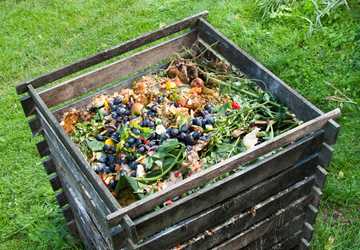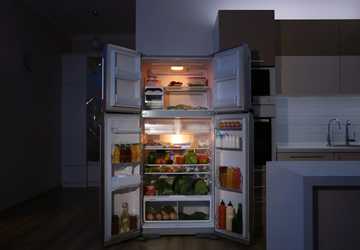How to reduce carbon footprint of your kitchen
Author: Franco Salzillo
Since the kitchen is the true heart of the home, it makes sense to start looking for sustainable living. Here are six simple steps you can take to reduce your kitchen's carbon footprint.
1. Use local ingredients
If you want to live a more environmentally conscious life, your food should come from nearby farms and gardens. Sourcing locally keeps your groceries fresh and supports small family businesses. But more importantly, if you buy ingredients from nearby local businesses, they'll have less of a trip to reach your plate. This means your diet will reduce fossil fuel emissions. Additionally, these nearby farms are more likely to follow organic farming practices.
2. Grow your own vegetable garden
Growing your own food saves you money and the environment by eliminating food miles. Most simple kitchen herbs and vegetables make great first plants for the novice gardener. Not only are they local and pesticide-free, but they're also fresh. Gardening is also good for your health. It keeps the air you breathe in your home clean and safe, while also being a rewarding form of exercise.

3. Start composting
Your kitchen can be a great source of natural fertilizer, but only if you are careful. In most households, organic matter such as vegetable peels, eggshells, leftovers, and other plastic and non-biodegradable wastes are thrown into the trash. This waste then ends up in landfills, where it decays and produces methane. A better option is to put this waste in a compost pit. These containers are used for thermal insulation and have holes to allow ventilation. You have to rotate the mound in the pit to add Sir and speed up the decomposition process. Your waste will eventually break down into nutrient-rich soil that you can add to support healthy and resilient plant growth.
4. Eat less meat and dairy
The livestock and dairy industries not only abuse animals, they also contribute to land scarcity and methane emissions. Cutting back on meat and dairy consumption can be a tough lifestyle choice, but as the vegan food industry expands, you're sure to have no shortage of delicious meals.
5. Use the right cookware to save heat
The cookware you choose will determine how much heat you end up using. Always remember that smaller pans require less heat, so using a larger burner is wasteful. Glass or ceramic pans work better in the oven because they hold heat better than metal. On the other hand, pans with copper bases are better for stovetops. For electric cooktops, use a pan so that the pan is in good contact with the stove and the heat is distributed as evenly as possible.

6. Buy an energy efficient refrigerator
This last tip may be a little pricey at first, but promises long-term savings. The refrigerator is the largest contributor to your kitchen's electricity use, so you should buy an ENERGY STAR-compliant refrigerator. These refrigerators promise you an average 9% increase in energy efficiency.
Last words
Our final advice to you is to keep looking for ways to improve your kitchen; any technology to reduce waste is a step in the right direction, provided you consciously incorporate it into your daily routine.
[1] https://onehome.org.uk/topics/your-home-topics/energy-saving/10-ways-to-cut-your-carbon-footprint-in-the-kitchen/
[2] https://www.energystar.gov/productfinder/product/certified-residential-refrigerators/results
[3] https://www.energystar.gov/products/refrigerators#:~:text=ENERGY%20STAR%20certified%20refrigerators%20offer,the%20refrigerator%20operate%20more%20efficiently.







